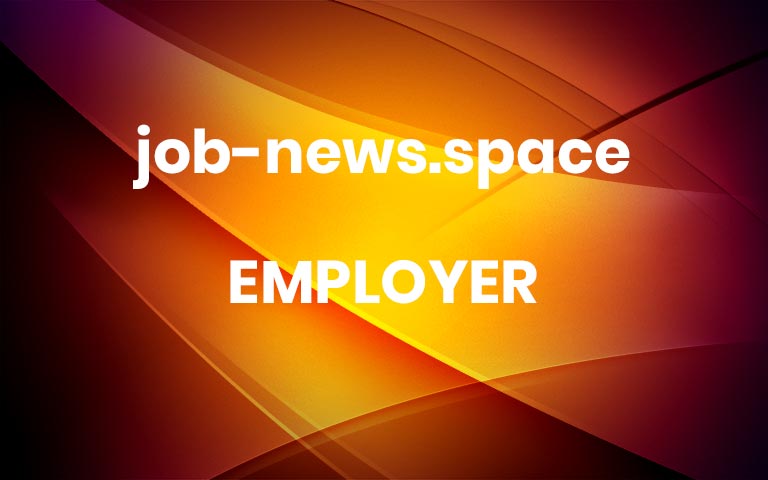When Aaron Kraljev left Wells Fargo in 2019, he left behind many of the comforts that come with working for a large organization: a familiar order of operations, significant resources, the security of knowing where to turn for answers, and the stability offered by a company that’s been around for over one hundred years. Fisher Investments, where he now serves as GVP Talent Acquisition and Employer Brand, was uncharted territory and a fraction of the size of Wells Fargo.
As Kraljev discovered, however, a smaller firm doesn’t always mean leaner resources. In fact, he found a wealth of possibilities and advantages at Fisher. The move has given him valuable insight into leading employer brand at a small firm and building employer brand strategy from the ground up.
Listen on Apple Podcasts, Spotify, Stitcher, or Soundcloud.
The percentage of employees dedicated to employer brand management at a given organization isn’t universal. Relative to its size, Fisher Investments has a large employer brand management team. This gave Kraljev and his department significant resources and capacity to make a change, despite starting from scratch.
Being small also allows for greater agility and faster growth. “Huge companies, they grow, they change, they evolve, but they don’t grow as quickly,” says Kraljev. Working for a company of 3,700—as opposed to multinational Wells Fargo, which employs hundreds of thousands—means signs of change have been more immediate, more visible, and more exciting to be a part of.
In addition, younger doesn’t always mean inexperienced and untested when it comes to the age of an institution. Though not as old as many finance industry giants, Fisher has been around since the late 1970s and is no stranger to hardship. When Kraljev stepped in to lead employer brand, he learned Fisher’s brand values were not unlike those at Wells Fargo, despite the many differences in their size, age, and client demographics.
To learn more about Aaron’s work in employer brand, follow him on LinkedIn, or listen to his previous episode on working with Wells Fargo. For help building an EVP and identifying the values you want to create at your company, reach out to us.
Share this post: More


